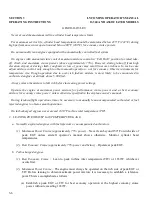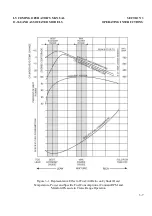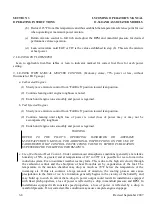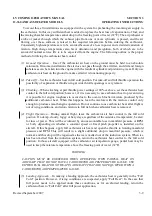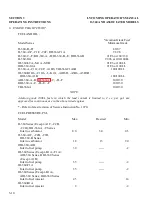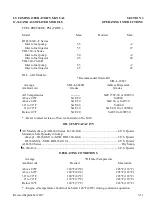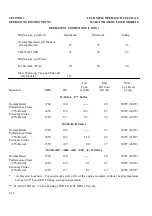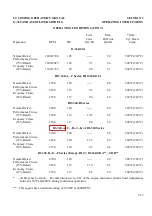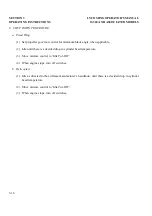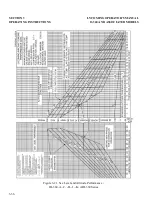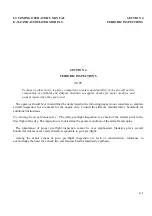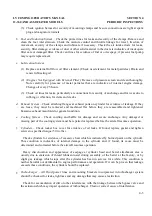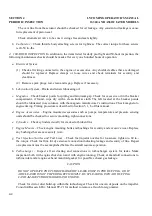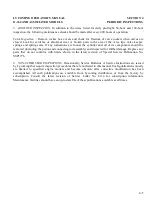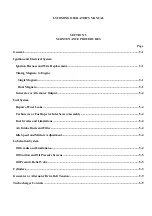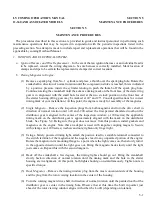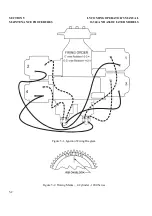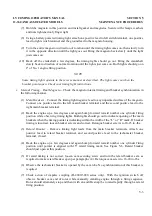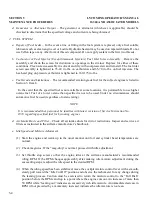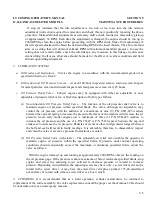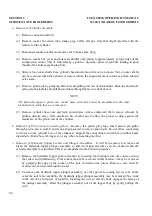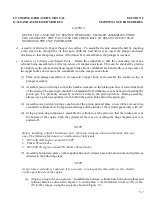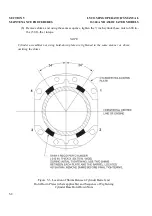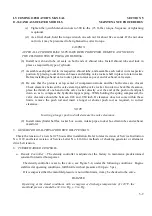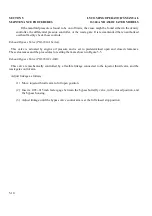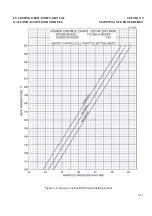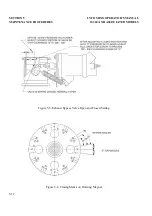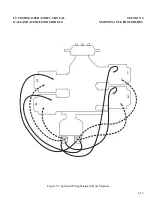
SECTION 4
LYCOMING OPERATOR’S MANUAL
PERIODIC INSPECTION
O-360 AND ASSOCIATED MODELS
The vent line from the actuator should be checked for oil leakage. Any constant oil leakage is cause
for replacement of piston seal.
Checkalternate air valve to be sure it swings free and seals tightly.
h. Carburetor –
Checkthrottle body attaching screws for tightness. The correct torque for these screws
is 40-50 in.-lbs.
4. 100-HOUR INSPECTION.
In addition to the items listed for daily pre-flight and 50-hour inspection, the
following maintenance checks should be made after every one hundred hours of operation.
a. Electrical System.
(1) Checkall wiring connected to the engine or accessories. Any shielded cables that are damaged
should be replaced. Replace clamps or loose wires and check terminals for security and
cleanliness.
(2) Remove sparkplugs;test, clean and regap. Replace if necessary.
b. Lubrication System –
Drain and renew lubricating oil.
c. Magnetos –
Checkbreaker points for pitting and minimum gap. Checkfor excessive oil in the breaker
compartment, if found, wipe dry with a clean lintless cloth. The felt located at the breaker points
should be lubricated in accordance with the magne
to manufacturers instruct
ions. Checkmagneto to
engine timing. Timing procedure is described in Section 5, 1, b of this manual.
d. Engine Accessories –
Engine mounted accessories such as pumps, temperature and pressure sensing
units should be checked for secure mounting, tight connections.
e. Cylinders –
Checkcylinders visually for cracked or broken fins.
f.
Engine Mounts –
Checkengine mounting bolts and bushings for security and excessive wear. Replace
any bushings that are excessively worn.
g. Fuel Injection Nozzles and Fuel Lines –
Checkfuel injector nozzles for looseness, tighten to 60 in.-
lbs. torque. Checkfuel line for dye stains at connection indicating leakage and security of line. Repair
or replacement must be accomplished before the aircraft resumes operation.
h. Turbocharger –
Inspect all air ducting and connections in turbocharger system for leaks. Make
inspection both with engine shut down and with engine running. Checkat manifold connections to
turbine inlet and at engine exhaust manifold gasket, for possible exhaust gas leakage.
CAUTION
DO NOT OPERATE THE TURBOCHARGER IF LEAKS EXIST IN THE DUCTING, OR IF
AIR CLEANER IS NOT FILTERING EFFICIENTLY. DUST LEAKING INTO AIR DUCTING
CAN DAMAGE TURBOCHARGER AND ENGINE.
Checkfor dirt or dust build-up within the turbocharger. Checkfor uneven deposits on the impeller.
Consult AiResearch Div. Manual TP-21 for method to remove all such foreign matter.
4-4

